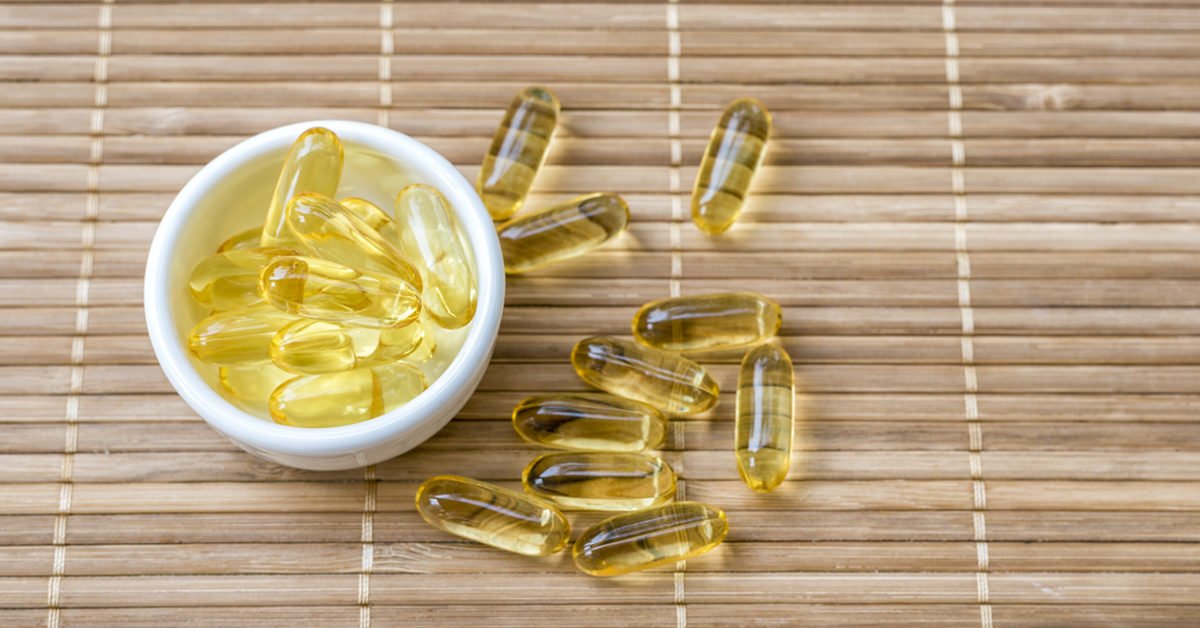Properties of vitamin E, benefits and nutritional needs. Discover what vitamin E is and what it is good for our body.

The E vitamin, also called tocopherol, is a fat soluble vitamin (that is, soluble in fatty substances), and constitutes in itself a mixture of several tocopherols that are very widespread in products of both plant and animal origin, of which -the most important- is alpha-tocopherol.
It is important to note that this vitamin has a large number of effects, especially due to its antioxidant power, which is why it acts as a protector of certain elements necessary for the proper functioning of the cells of our body, fighting against their oxidation.
It is capable of acting at the level of red blood cells, preventing both their destruction (which is called hemolysis) and their excessive fragility, at the level of various enzymes and even blood platelets, preventing their excessive aggregation, which could lead to the risk of thrombosis.
As has been verified through various scientific studies, at high doses, vitamin E has an interesting action on cholesterol, since it increases what is known as good cholesterol and decreases bad cholesterol.
What are the daily needs for vitamin E?
The daily needs of vitamin E are between 3 and 15 milligrams, although it should be taken into account that a normal diet amply satisfies these amounts.
These needs increase to a total of 15 milligrams could in pregnant women or nursing mothers.
In addition, these needs are also higher when we maintain a diet that is richer in polyunsaturated fats (of vegetable origin), since vitamin E has a protective role against the oxidation of these specific fats.
In what foods can we find vitamin E?
As we indicated at the beginning of this article, vitamin E is generally very abundant in foods, both those of plant origin and those of animal origin.
Of course, the foods richest in vitamin E are vegetable oils, in the germs of cereals themselves, and in somewhat weaker amounts in milk, meats, butter, liver, eggs, and some vegetables such as spinach, leeks or asparagus.































